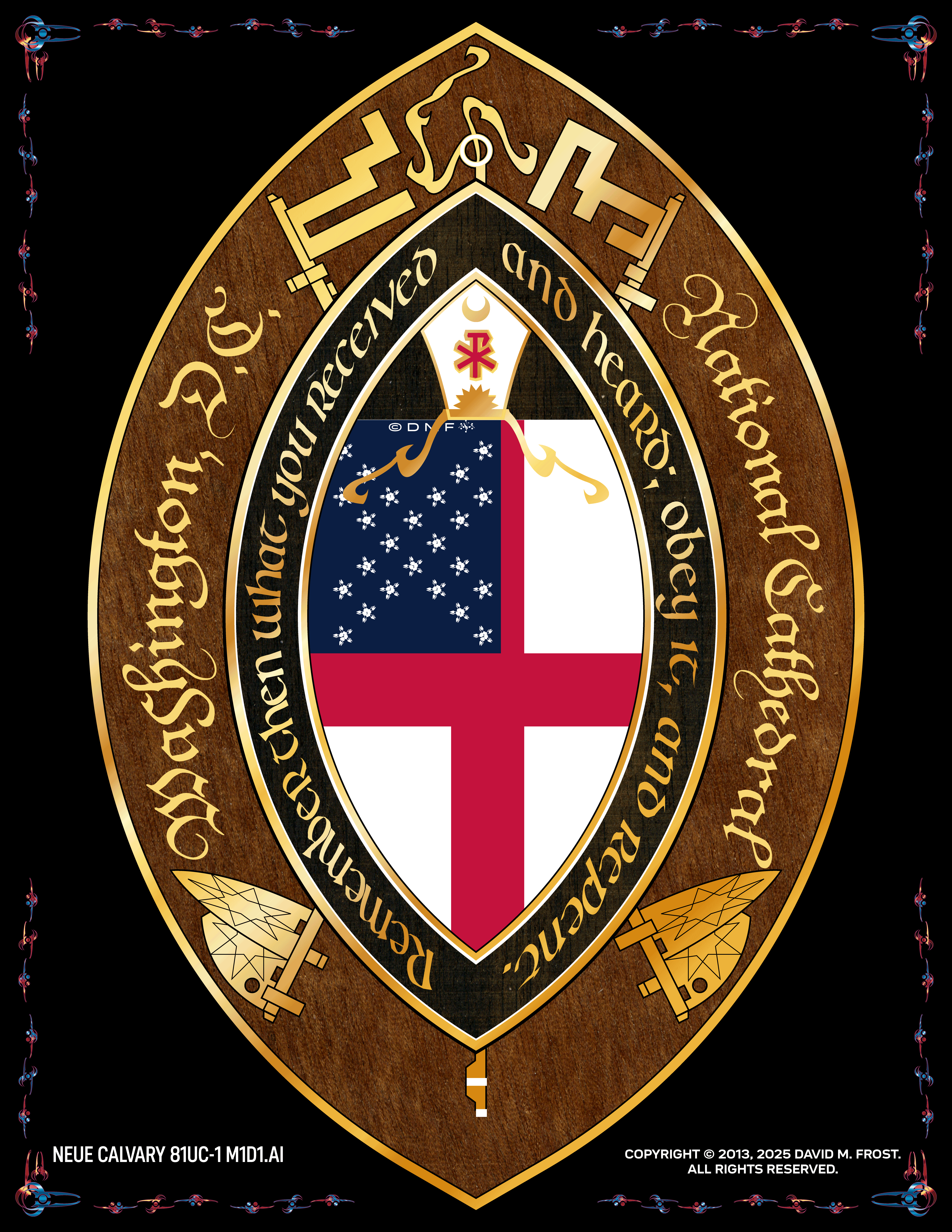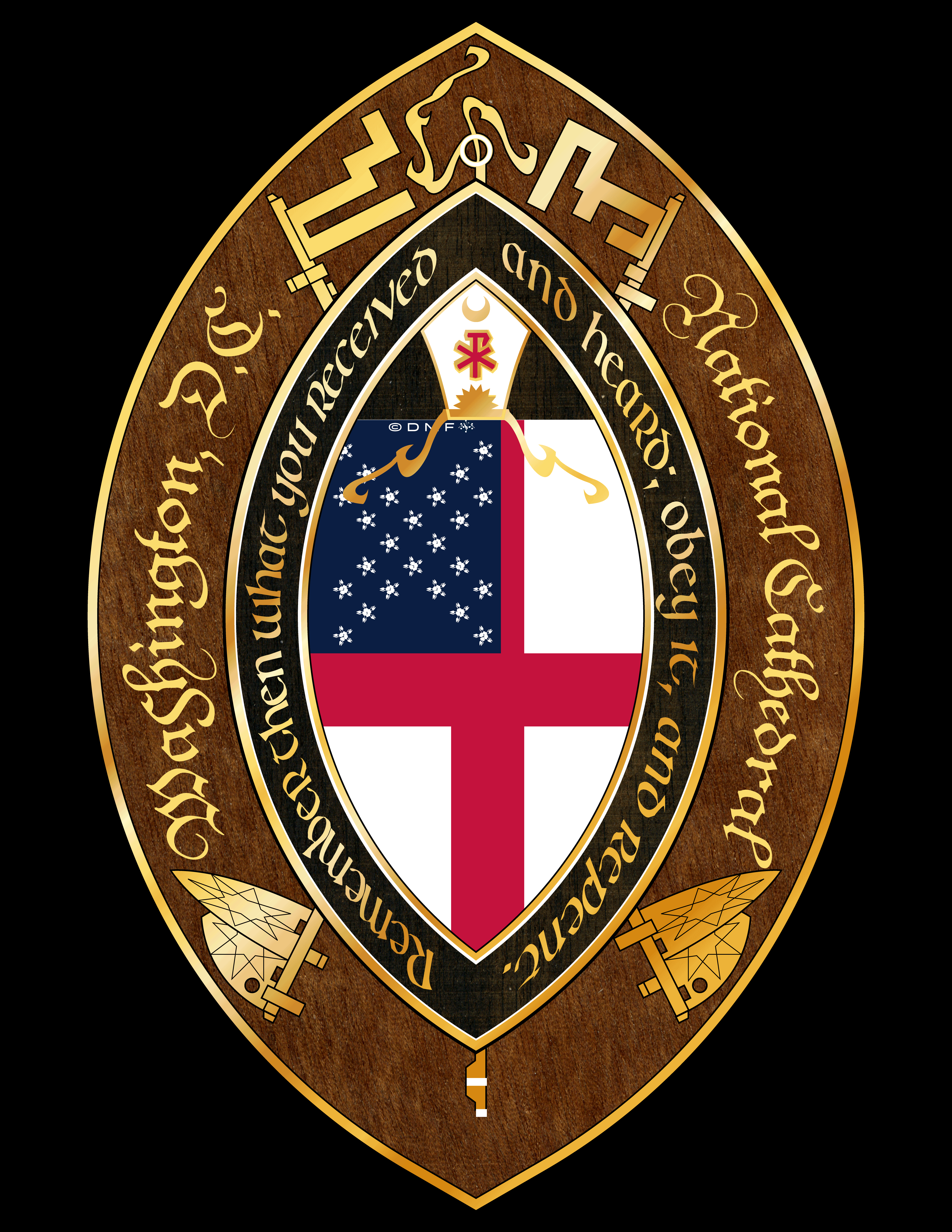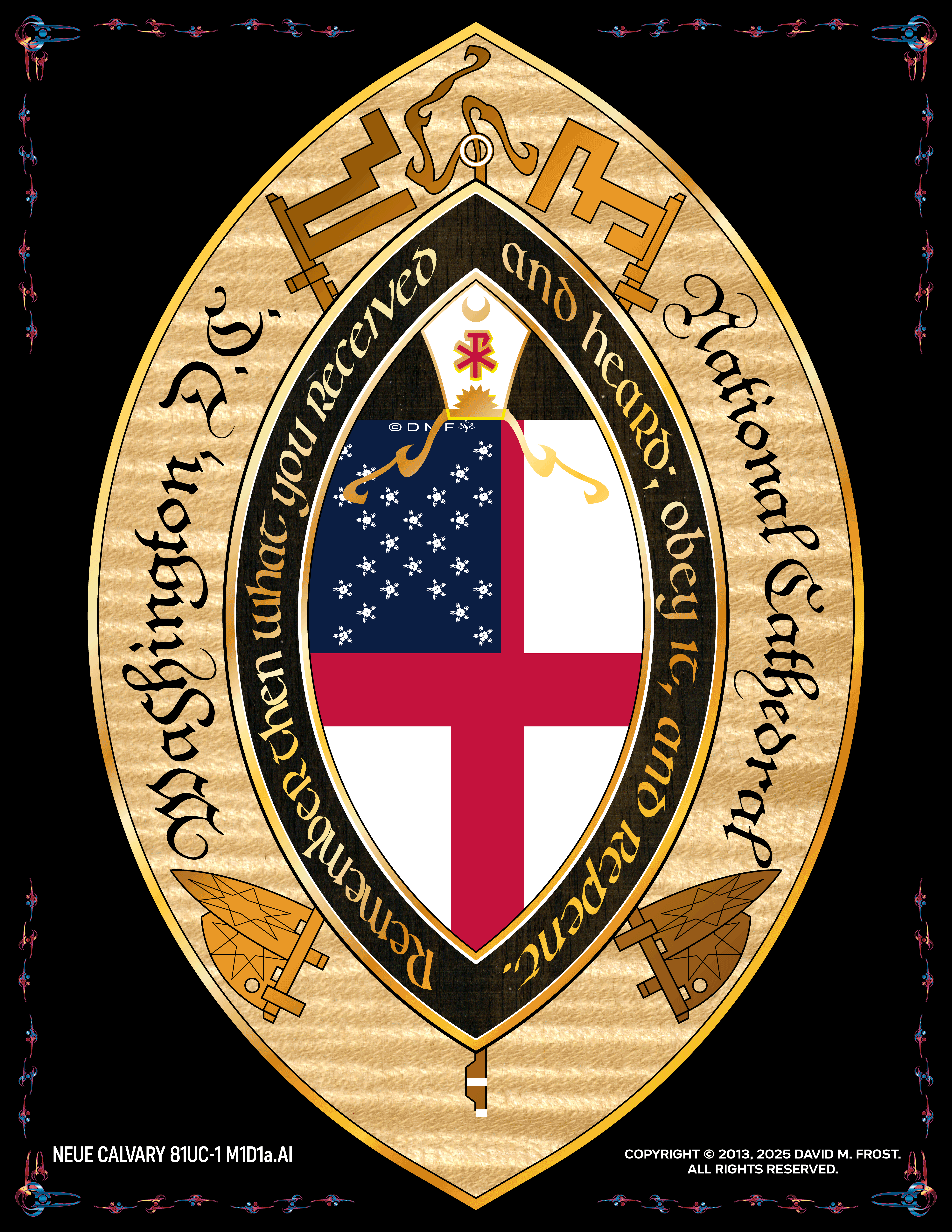HOME | DD
 ShahAbbas1571 — Decline of Aceh: Southeast Asia, October 1929
ShahAbbas1571 — Decline of Aceh: Southeast Asia, October 1929

#1900s #20thcentury #aceh #asia #indonesia #maps #phillipines #positivism #siam #southeastasia #sultanate #mapsandflags #maps_and_flags
Published: 2024-03-29 09:59:02 +0000 UTC; Views: 11105; Favourites: 125; Downloads: 26
Redirect to original
Description
Decline of the Aceh Sultanate and the Rising IslamicatesThe closing months of 1927 marked the end of the Oriental War. After enduring a pyrrhic triumph in the Battle of Makassar, Sultan Iskandar Zulkarnain has come to terms with the futility of decisively crushing the Brunei-led Triple Alliance; the soldiers and officers expressed exhaustion over years of endless fighting, and domestic discontent brought fears of potential republican sentiments seeping throughout the public consciousness.
Thus, following the Armistice of 23rd August, the Aceh Sultanate, the Triple Alliance, and both of their respective co-belligerents settled the conflict with the Treaty of Banjar City: following many stipulations, the most consequential article was the Acehnese recognition of independence for all opposing parties involved, with the alliance obliged to provide war reparations in return. Personally ratified by their respective monarchs, the 17th of October marked the end of Acehnese rule over the eastern archipelago.
Years of indecisive victories shattered the Acehnese military and political prestige. Once sailing across all of Asia’s seas with the second largest fleet in the world, their thalassocratic influence was reduced to the mere confines of the Malacca Strait and its’ neighboring bodies, with their navy shrinking dramatically in consequence. And what was once the mercantile domain of Kutaradja, their trade monopoly was replaced by the competitive sprawls of the newly independent states.
Despite losing half their dominion, the Sultanate is still regarded as a Great Power in Asia and a spiritual hegemon to many Islamicates. And contrary to their assumptions, the sprawling sultanates remained steadfast against positivist incursion; states such as the Sultanate of Fakfak imposed a ban on positivism, and the rise of the Oriental Technates led members of the Triple Alliance to form a defensive pact in response to the Hanoi Incursion.
The religious legacy of the Aceh Sultanate remained despite their territorial decline; the spread of Islam across East Asia can only be attributed to Acehnese hegemony over Nusantara since their conquest of Malacca and direct interventions in the name of the faith. The Sultanate of Champa prospered under their tutelage and protection, and their punitive invasion of Japan in 1713 led to the breakaway of Kyushu Island from the Ashikaga Shogunate, enabling the formation of the Momoyama Sultanate.
The ideological spread of positivism persisted despite the Continental Technate’s negligible presence across Southeast Asia and the English Parliament's ban on positivism in 1899; the English colonial administration’s neglect and economic lenience led to many European ideologues migrating to the region. These migrants arrived in many shapes — some were merchant-classed settlers seeking to establish trading companies or overseas manufacturies, and others were invited to serve their technical and military expertise for their respective sovereigns.
The steady flow of European migrants — from the French to even the Bohemians, backed by official diplomatic missions commenced by the Continental Technate, has cultivated a class of native population either sympathetic or became fierce advocates of positivism with ways of ideological expression ranging from forming political fraternities to bureaucratic lobbying through technical and military professions.
In February 1909, the Darwin Technate became Southeast Asia's first overseas positivist state. The newly formed country experienced rapid economic prosperity since the incursion; the governing directorate nationalized the valuable mining industry established by local charters of the English Far Eastern Company, and many European migrants residing across the region suddenly sought a settlement in their ideological sanctuary.
However, it wasn’t until May 1923 that the first native-led technate was founded at the Red River when the combined forces of the intellectual class and military sympathizers overthrew the 400-year reigning Mạc Dynasty, paving the formation of the Hanoi Technate. Two years after their foundation, they waged a shortlived invasion of the Champa Sultanate, only to be intervened by the neighboring Taungoo Empire and English blockade over their shores.
The treatment of positivism and European émigrés varies: States such as the former Mạc Dynasty and the Papuan Empire embraced key tenets of such ideology and integrated the migrants into their institutions, especially during their times of spontaneous reforms; others like the Kingdom of Gorontalo and the Lusong Empire restricted them from any domestic affairs aside from economic and technological dealings; however, regional Islamicates imposed total ban of positivism and waged fierce repression against sympathizers through either forced relocations or imposed politicides.
Despite their triumph during the Burmese invasion of the Malay Peninsula, the Acehnese occupation over Siamese gains was shortlived; the lack of incentive to rule over disgruntled Buddhist locals and difficulties in proselytizing Islam led to their negotiation with the English Commonwealth’s F.E.C, resulting in the transfer of Bangkok and adjacent territories for the sum of £6.5 Million in 1689.
With royal revanchism influencing the Burmese imperial court and English early mercantile aspirations to monopolize the flow of spice towards Europe, this led to the perpetual tension between the F.E.C. and the Taungoo Empire — a conflict that continued for over 300 years and resulted in the deaths of thousands of people during its recent decades.
The nature of such conflict changes sporadically but predominantly involves the vying for diplomatic influence across mainland Southeast Asia; Champa Sultanate became the recent target of political courting since 1917. Under Sultan Sri Agarang, the sultanate took advantage of the tensions between both powers; the English supported their naval modernization scheme in return for exclusive trading rights, whereas the Burmese considered Champa as a tributary state despite fierce retaliation from the Acehnese.
However, some events led to spontaneous wars between the Taungoo Empire and their English rivals. From the failed English expedition to Burma proper (1756-1757) to the multiple sieges against English Bangkok, the numerous conflicts were inconclusive, usually leading to diplomatic compromises. The most destructive confrontation they experienced was the Khmer War (1878-1881), a conflict that resulted in the deaths of 500,000 civilians over the Cambodian region — resulted through the introduction of chemical warfare and innovative artillery strategies.
Their rivalry was eventually halted when the Hanoi Technate invaded Champa in 1925, which resulted in a brief alliance. Whilst the English imposed naval blockades and bombardments against the coastal cities, the Taungoo Empire supported the Chamic army with men and supplies, especially during Acehnese absence over their conflict against the Triple Alliance. As a result, 1927 marked a gradual detente, culminating in the English Commonwealth establishing a consulate at the imperial capital.
Related content
Comments: 2

👍: 3 ⏩: 1

👍: 0 ⏩: 0

























